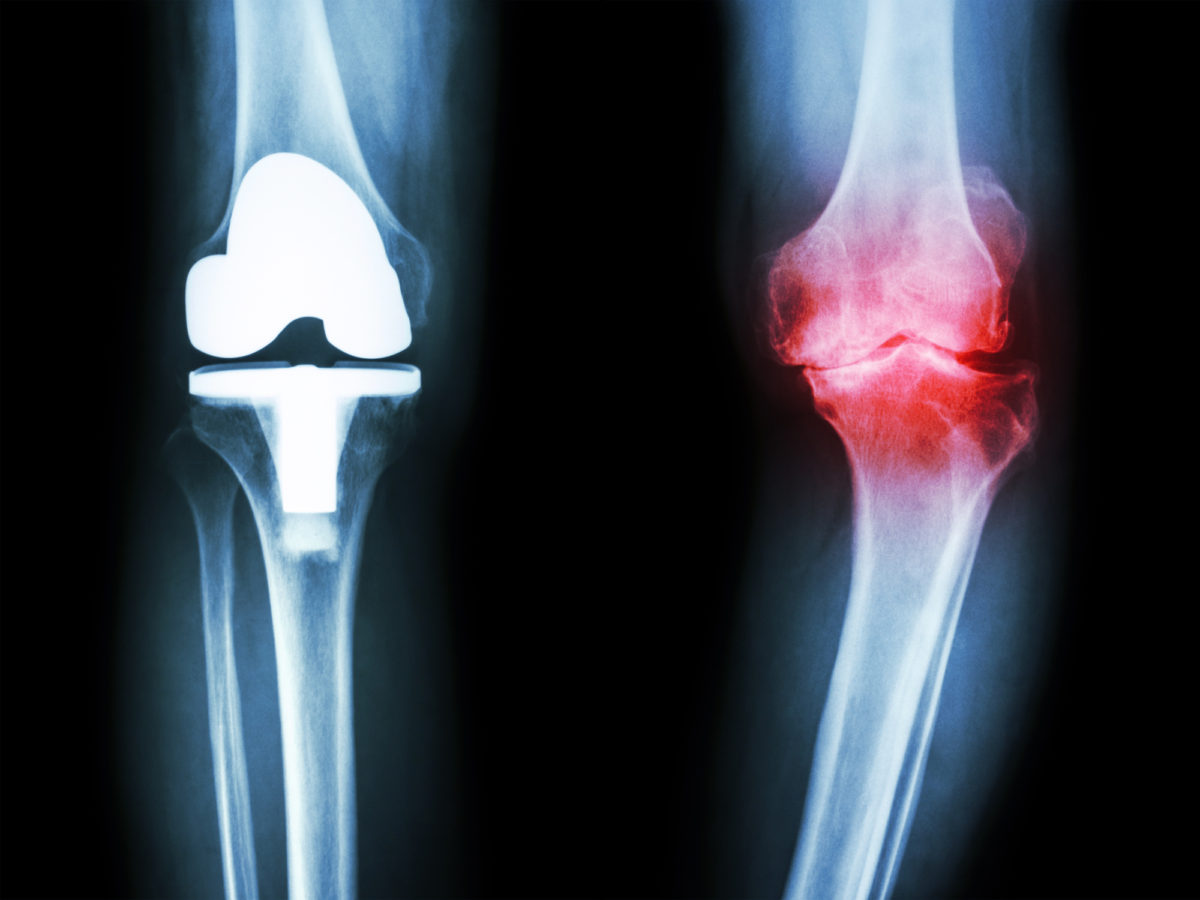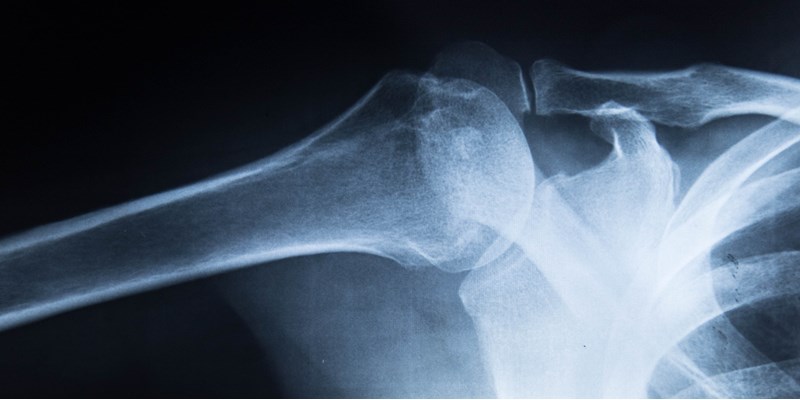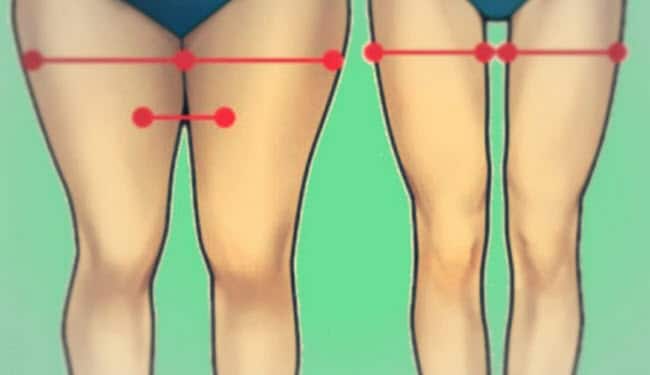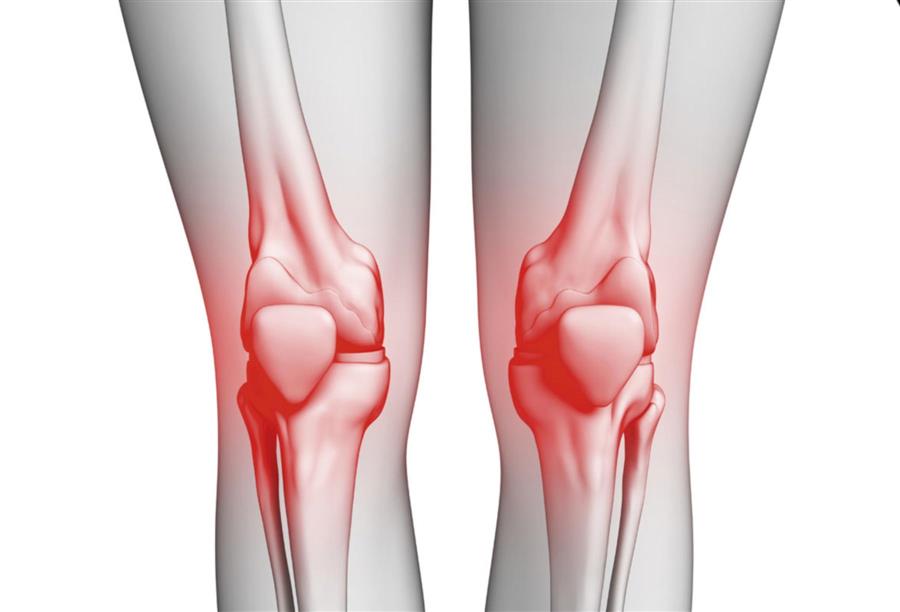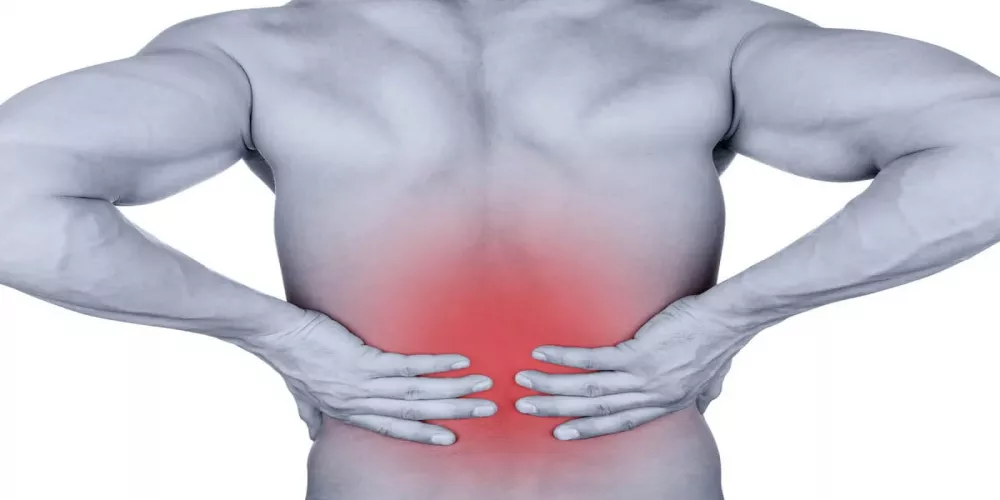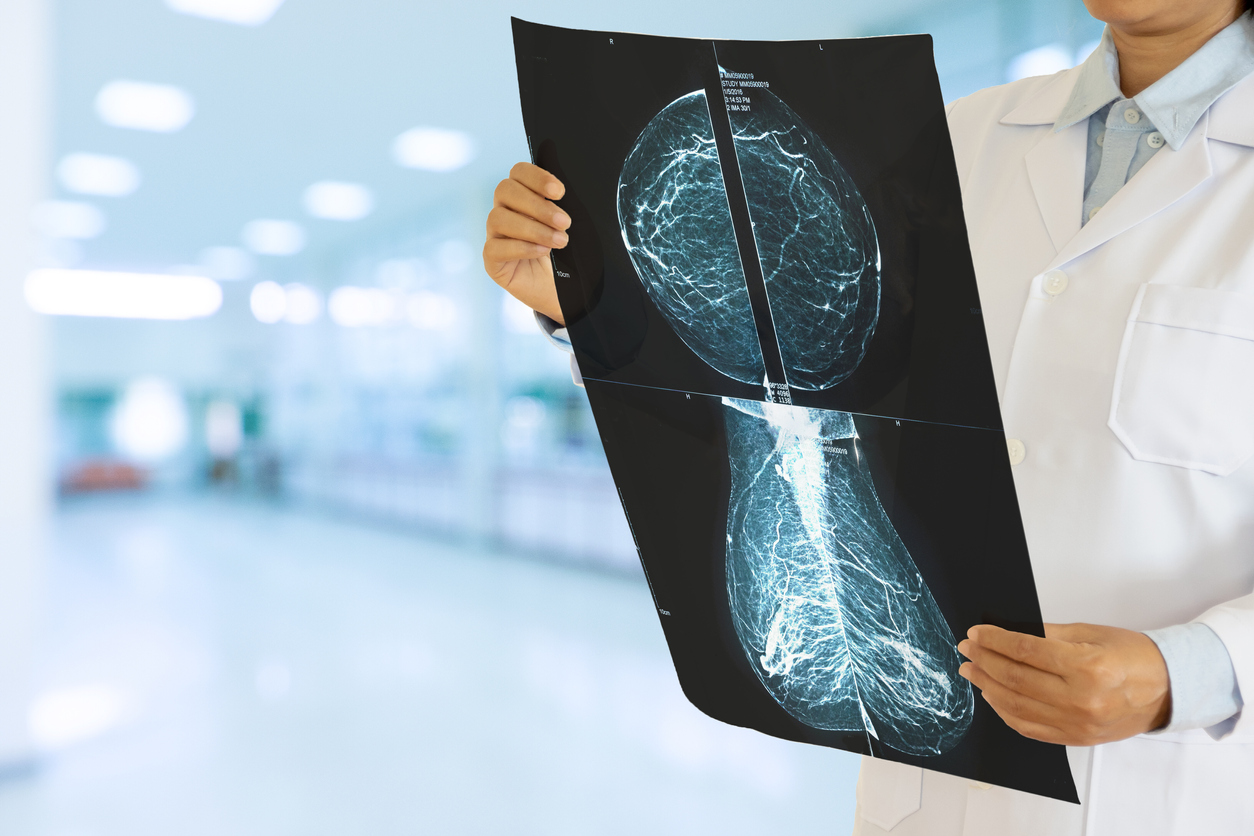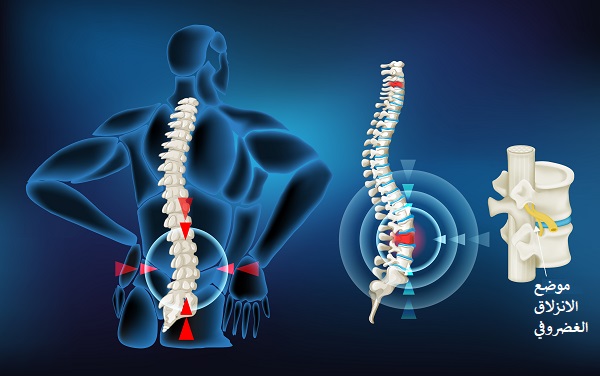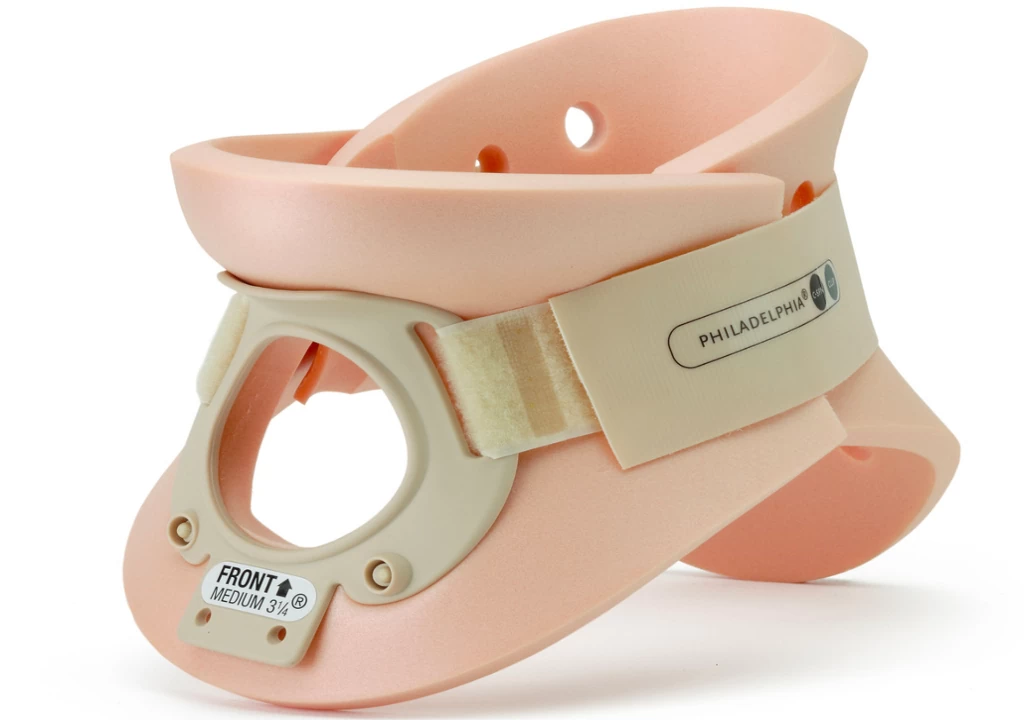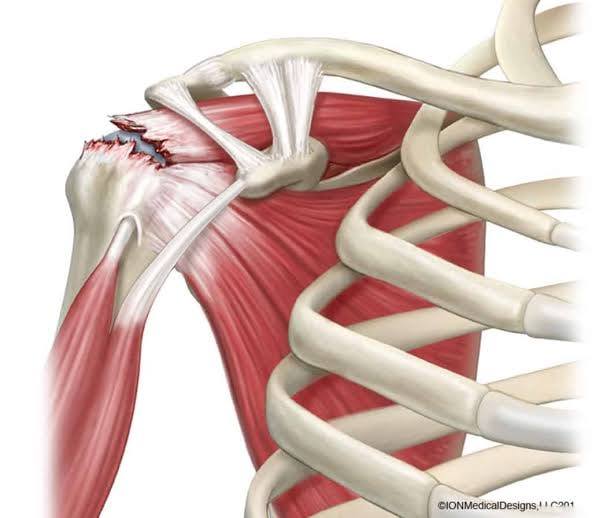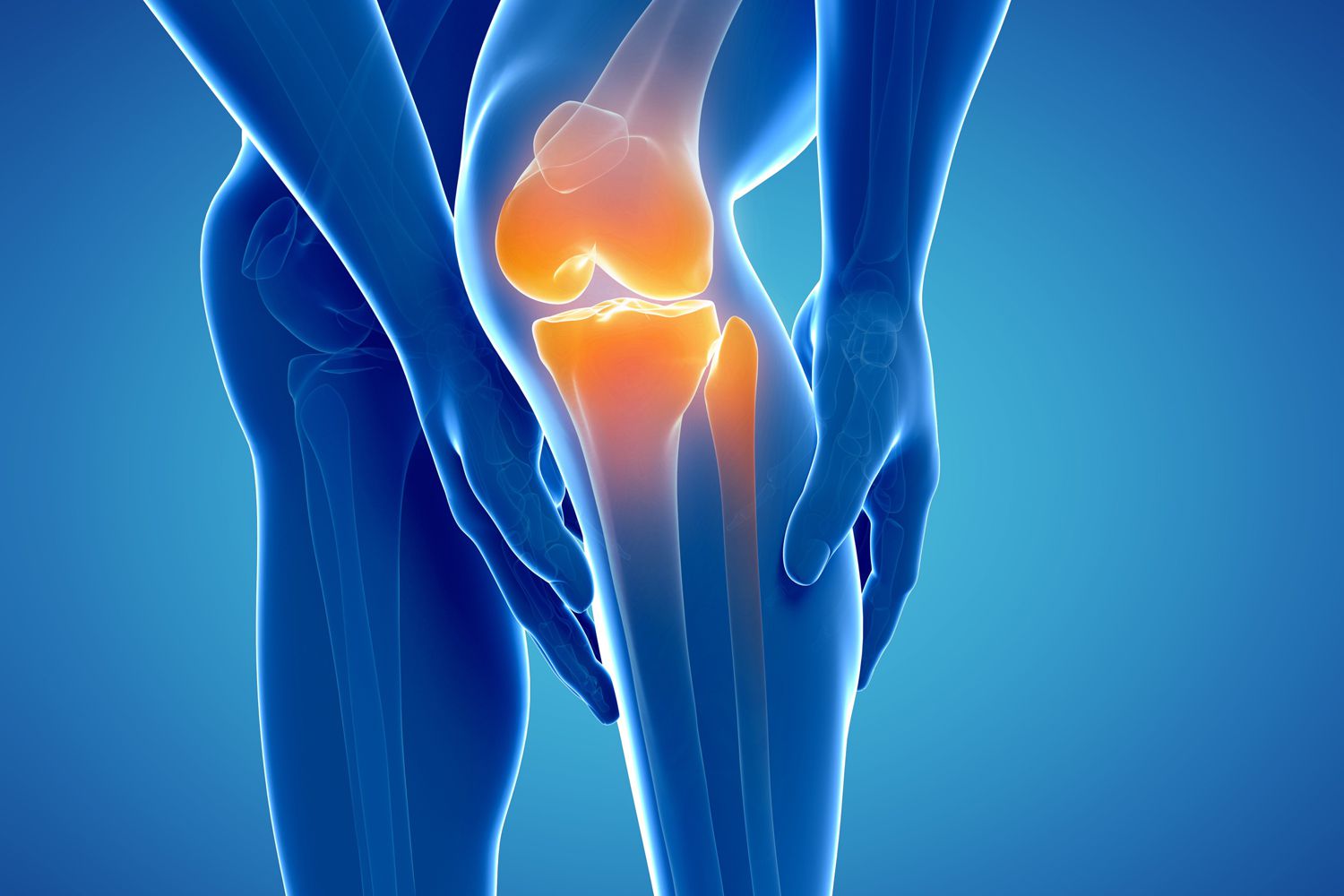!Orthopedic Clinic and the Most Effective Treatment for Bone Inflammation
Orthopedic Clinics, are an important source of healthcare and treatment for individuals suffering from problems in the bones, joints, and surrounding tissues, and these clinics provide a wide range of services aimed at providing accurate diagnosis and effective treatment for various bone and joint conditions, which we will explore in detail through this article, so follow us.

Orthopedic Clinic
Bones are an important element in the human body, as they provide support and protection for the internal organs and contribute to movement and physical strength, and bones undergo a continuous process of change and renewal throughout life, and therefore, bone health is vital.
To maintain bone health, a series of specialized medical tests can be performed, and among these tests, bone density is measured using ultrasound technology, where a device is placed on the body that emits specific ultrasound waves.
In addition, artificial intelligence is used to effectively diagnose bone fractures, as a scientific study has shown that artificial intelligence may be a powerful tool in accurately identifying the occurrence of bone fractures, which helps in early diagnosis and effective treatment.
And since climate change is considered a major long-term threat, it negatively affects bone health, as climate change can increase the incidence of bone diseases such as arthritis and osteoporosis.
Therefore, we must be aware of the importance of developing programs to promote bone health and provide appropriate medical care, and the competent authorities must take this problem seriously and work to provide the necessary health services to individuals in the community.
What does an orthopedist treat?
The orthopedist (musculoskeletal doctor) is the doctor specialized in diagnosing and treating diseases and injuries that affect the bones, joints and surrounding tissues, and the scope of the orthopedist’s practice includes a wide range of conditions and disorders, including:
- Joint inflammation: such as rheumatoid arthritis, osteoarthritis (degenerative joint inflammation) and psoriatic arthritis.
- Bone and joint injuries: such as fractures, cartilage tears, joint ligaments, and muscle sprains.
- General diseases that affect the bones: such as osteoporosis (bone inflammation) and gout.
- Sports injuries: such as sports fractures, sprains and strains.
- Chronic pain in the bones and joints: such as back pain, neck pain, and knee pain.
- Bone and joint surgery: The orthopedist performs surgical procedures related to bones and joints, such as joint replacement surgery.
In short, the orthopedist specializes in providing comprehensive healthcare for bones and joints, including diagnosis, treatment, and management of diseases and injuries affecting the musculoskeletal system.
Regain your strength and activity with Dr. Amr Amal, who provides you with customized rehabilitation programs to overcome the damage to your bones and achieve a healthy and active life without restrictions.

Symptoms of Joint and Muscle Inflammation
The symptoms of joint and muscle inflammation are common health problems that many people suffer from and these symptoms can negatively affect the quality of life and the ability to perform daily activities. Here are some common symptoms of joint and muscle inflammation:
- Sudden and chronic pain: Pain is one of the main symptoms of joint and muscle inflammation and the pain can be acute and persistent or intermittent and fluctuating, and the pain can become severe with walking or strong movements, and it can affect sleep and daily rest.
- Swelling of joints and muscles: People suffering from joint and muscle inflammation may notice swelling and inflammation in the affected areas, and the swelling can be visible and noticeable or it may not be prominent but causes a feeling of tightness and tension.
- Stiffness and limitation of movement: Joint and muscle inflammation can cause difficulty in movement and decreased flexibility in the affected joints, and people feel stiffness and restriction when trying to move the damaged joints, which impedes them in performing basic daily activities.
- Feeling of fatigue and exhaustion: Those with joint and muscle inflammation may feel a constant sense of general fatigue and exhaustion, and this feeling may be accompanied by difficulty in performing activities that require additional physical effort.
- Changes in body temperature: Cases of joint and muscle inflammation can result in an increase in body temperature, and those affected may experience fever and a slight increase in temperature, which indicates the presence of active inflammation.
- Sleep disorders: Sleep can be greatly affected due to the pain and swelling resulting from joint and muscle inflammation, and those affected may have difficulty relaxing and getting deep sleep due to the chronic symptoms they suffer from.
What is the strongest treatment for bone inflammation?
Bone inflammation is a common and painful phenomenon that can affect the quality of life of people, and although there are several methods to treat bone inflammation, it is important to search for the most effective treatment. In this paragraph, we will discuss the strongest treatments for bone inflammation.
- Non-steroidal anti-inflammatory drugs (NSAIDs): Non-steroidal anti-inflammatory drugs are one of the common options for treating bone inflammation, and these drugs help to relieve pain, swelling and irritation associated with inflammation, and examples of these drugs are ibuprofen and naproxen.
- Physical therapy: Physical therapy is one of the effective options for treating bone inflammation, and physical therapy can include specific exercises to strengthen the muscles surrounding the affected joint and improve its flexibility, in addition to that, physical therapy may include the use of massage, heating and cooling techniques to relieve pain and reduce inflammation.
- Disease-modifying anti-rheumatic drugs: Disease-modifying anti-rheumatic drugs are used to treat chronic bone inflammation, as these drugs help reduce inflammation and inhibit the progression of the disease, and the use of these drugs requires medical supervision and consultation with a doctor before starting to take them.
- Lifestyle modifications: Treating bone inflammation also requires a focus on lifestyle modifications, and by adopting a healthy lifestyle and regular physical activity, people can maintain their overall health and reduce the likelihood of future bone inflammation.
Enjoy an active and pain-free life thanks to modern treatment techniques with Dr. Amr Amal.

How do I get rid of joint and bone pain?
When you suffer from joint and bone pain, the painful and daily experiences can be frustrating and affect your overall quality of life. Fortunately, there are several ways you can follow to alleviate this pain and improve the general condition of the joints and bones.
- Use of cushioned shoes: The use of cushioned shoes is of great importance, as when working on a hard floor, these shoes can help reduce the pressure on the joints and bones and provide additional comfort.
- Use of pain relievers: Some pain relievers, such as Epsom salt baths and topical ointments, are useful for relieving joint pain. Epsom salt bath helps soften the joint and reduce pain, while topical ointments provide immediate relief and help provide flexibility to the joint.
- Taking anti-inflammatory medications: Anti-inflammatory medications can be effective in reducing pain and swelling in the joints and bones, and the person suffering should talk to the doctor about using these medications and the appropriate dosage.
- Practicing physical exercise: It is important to practice physical exercises to strengthen the muscles around the joints and improve their flexibility. Exercises can help reduce pain and improve the overall mobility of the joints and bones, and you should talk to a specialist to get advice on the type and frequency of appropriate exercises.
- Modifying lifestyle and home remedies: Some simple lifestyle changes can help reduce joint pain. For example, weight loss for overweight people can help reduce the extra pressure on the joints. In addition, the use of heat and cold can relieve the pain of joint inflammation, and finally, the use of assistive devices can enhance the comfort of the joints.
Make sure to balance your bone nutrition with the recommendations of Dr. Amr Amal on the best types of vitamins that work to strengthen the strength and flexibility of bones and maintain their health throughout life.
What is the best painkiller for bone pain?
One of the most common problems that people suffer from in our community today is bone pain, and this pain can be extremely annoying and affect the quality of life. Fortunately, there are many painkillers available on the market to relieve bone pain.
In fact, there are some over-the-counter painkillers that can be used to deal with bone pain, which are topical painkillers containing salicylates such as aspercreme and bengay, as these preparations contain the active ingredient salicylates, which work to relieve localized pain and inflammation in the affected bone area.
These topical painkillers can be easily used by applying a small amount to the affected skin and gently massaging it until it is absorbed by the skin. Although these topical painkillers may be effective for some people in relieving bone pain, it should be noted that they may cause irritation to some people.
Some people may feel warmth or coolness on the skin after using these painkillers, and this can block pain signals and provide temporary relief. However, for people suffering from severe bone pain or other health problems, painkillers containing steroids may be a better solution.
One of the common steroid-containing painkillers are non-steroidal anti-inflammatory drugs (NSAIDs), such as ibuprofen, and these non-steroidal anti-inflammatory drugs provide pain and inflammation relief by inhibiting inflammatory enzymes in the body.
In addition, other painkillers such as paracetamol and morphine can be used to deal with severe bone pain, and paracetamol is considered an effective and safe painkiller, while morphine is usually used in cases of severe pain and under medical supervision.

Rapid Treatment for Arthritis
Joint inflammation dominates the lives of many people around the world, but are you looking for a quick remedy to relieve the pain and improve your condition? Here are some ways that can help you with this issue:
- Use of non-steroidal anti-inflammatory drugs: These drugs are the first choice for relieving arthritis symptoms and work to reduce swelling and pain, and it is important to consult a doctor before taking any of these drugs to know the appropriate dose and duration.
- Use of topical ointments: Topical ointments provide immediate relief and help soothe the damaged joints. These ointments are quickly absorbed into the skin to provide comfort.
- Practicing appropriate physical exercises: Practicing physical exercises is one of the most important factors that contribute to strengthening the body’s muscles and damaged joints, and you can consult a physical therapist to learn the appropriate exercises for your condition.
- Maintaining a healthy weight: If you are overweight, losing weight can reduce the pressure on the damaged joints and alleviate the pain.
- Balanced and appropriate nutrition: Consuming nutrient-rich foods such as fruits, vegetables and healthy proteins helps strengthen and support joint health, and avoid processed and fatty foods as much as possible.
Enjoy an active and pain-free life thanks to modern treatment techniques with Dr. Amr Amal.
Bone and Joint Medicines
An orthopedic clinic specializes in diagnosing and treating various musculoskeletal conditions, including bone inflammation. Understanding the most effective treatment options for bone inflammation is crucial for improving patients’ health and well-being.
- Aspirin: Aspirin is a common medication used to relieve pain and inflammation in bones. It works as a non-steroidal anti-inflammatory drug (NSAID) and a pain reliever to reduce joint swelling and irritation. However, caution is advised when using this medication as it can affect the digestive system.
- Ibuprofen: Ibuprofen is another NSAID known for its effectiveness in relieving pain and reducing inflammation in joints. It is commonly used to treat rheumatoid arthritis and helps improve joint mobility.
- Paracetamol (Acetaminophen): Paracetamol is commonly used to relieve muscle and joint pains. It is the preferred option for individuals who cannot tolerate the effects of anti-inflammatory steroids.
- Glucosamine: Glucosamine is commonly used to treat cartilage and joint problems. It is believed to enhance muscle band formation and stimulate effective cartilage growth, improving bone and joint health.
- Cortisone Injections: Cortisone injections are directly administered into the joint to relieve severe pain and inflammation. When oral medications are not tolerated, cortisone injections are a common option for complementary treatments.

Bone Diseases in Women
There are several diseases that affect bones and are particularly common in women. Examples of these diseases include:
- Osteoporosis: This condition is characterized by bone density loss, making bones brittle and prone to fractures. Women, especially postmenopausal women, are more susceptible to osteoporosis due to hormonal fluctuations.
- Arthritis: Such as rheumatoid arthritis, gouty arthritis, and psoriatic arthritis, these conditions affect the joints and lead to inflammation and pain.
- Back Pain: Women often experience back pain due to factors like pregnancy, childbirth, hormonal changes during menstruation and menopause.
- Osteomyelitis: This group of diseases includes various bone infections that can cause pain, swelling, and reduced bone movement.
- Gout: It is a disorder that causes acidic urine accumulation in the joints, leading to acute pain and swelling.
Overcome bone pain with the expertise and care of Dr. Amr Amal.
Who is the Most Famous Orthopedic Doctor in Egypt?
Orthopedic surgery is an important and sensitive specialty in the medical field, and Dr. Amr Amal is one of the most famous and best orthopedic doctors in Egypt. Dr. Amal has a good reputation in the field of orthopedic surgery, providing high-quality services to patients. Dr. Amal relies on using modern and effective techniques in his surgeries and stays updated with the latest advancements and innovations in his field.
Dr. Amr Amal graduated as an orthopedic doctor from the Faculty of Medicine at Ain Shams University with honors. He started his professional career as a deputy at Ain Shams University Hospitals for three years.
Dr. Amal is known for his high skills and extensive experience in all aspects of orthopedic and joint surgery, including hip, knee, shoulder, elbow, and hand surgeries. Through his high-level training and continuous medical practice, Dr. Amal provides innovative and effective solutions for patients’ bone-related problems.


